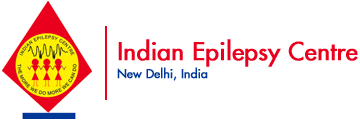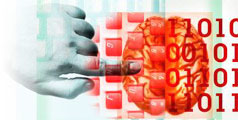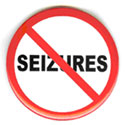
PLEASE CALL: 011-41614141
& 45695542
(Between 11:30 AM - 5:30 PM)

 |
FOR APPOINTMENTS PLEASE CALL: 011-41614141 & 45695542 (Between 11:30 AM - 5:30 PM) |
 |
Frequently Asked Questions On EpilepsyDEFINITION: Q: What is the difference between “Fits” and “Epilepsy”? A: Epilepsy is simply defined as a condition in which the patient is prone to get epileptic “seizures” or “fits”. Anyone having two or more unprovoked fits or seizures can be said to have Epilepsy. Epilepsy clearly is not a homogenous entity, but may vary widely in its forms, causation and severity. An epileptic fit or seizure is caused by brief, excessive and abnormal discharge of nerve cells in the brain. It is something like a small “electrical storm” or ‘short circuiting” in the brain. The abnormal discharge of electrical activity may involve a small part of the brain or even the whole brain itself. The symptoms of an epileptic fit depend upon the part of the brain that is activated by abnormal electrical discharges and it results in an abnormal movement, sensation, thought process and even unconsciousness. This explains the variation in the clinical types of seizures that can occur in different individuals. Q: Does a person who gets only a single fit have epilepsy? A: No. Epilepsy means that the person has recurrent (more than one) fits. A single fit in a person does not mean that he/she has epilepsy. It is estimated that majority of people who have had an isolated, single fit will never have another one. On the other hand, persons who are destined to develop epilepsy will have the second fit after a variable interval, usually within one year of the first fit. Next» INCIDENCE |
Myths & Facts  |